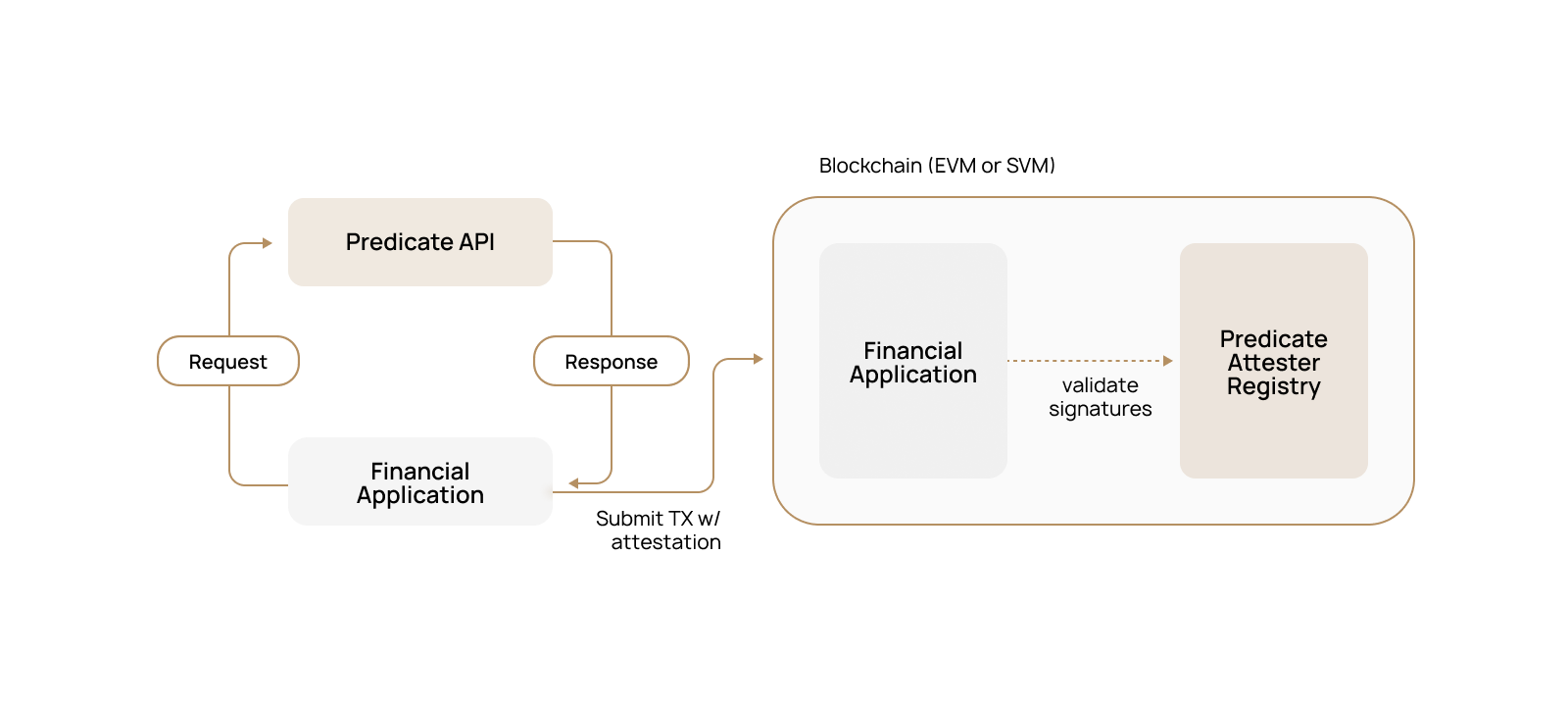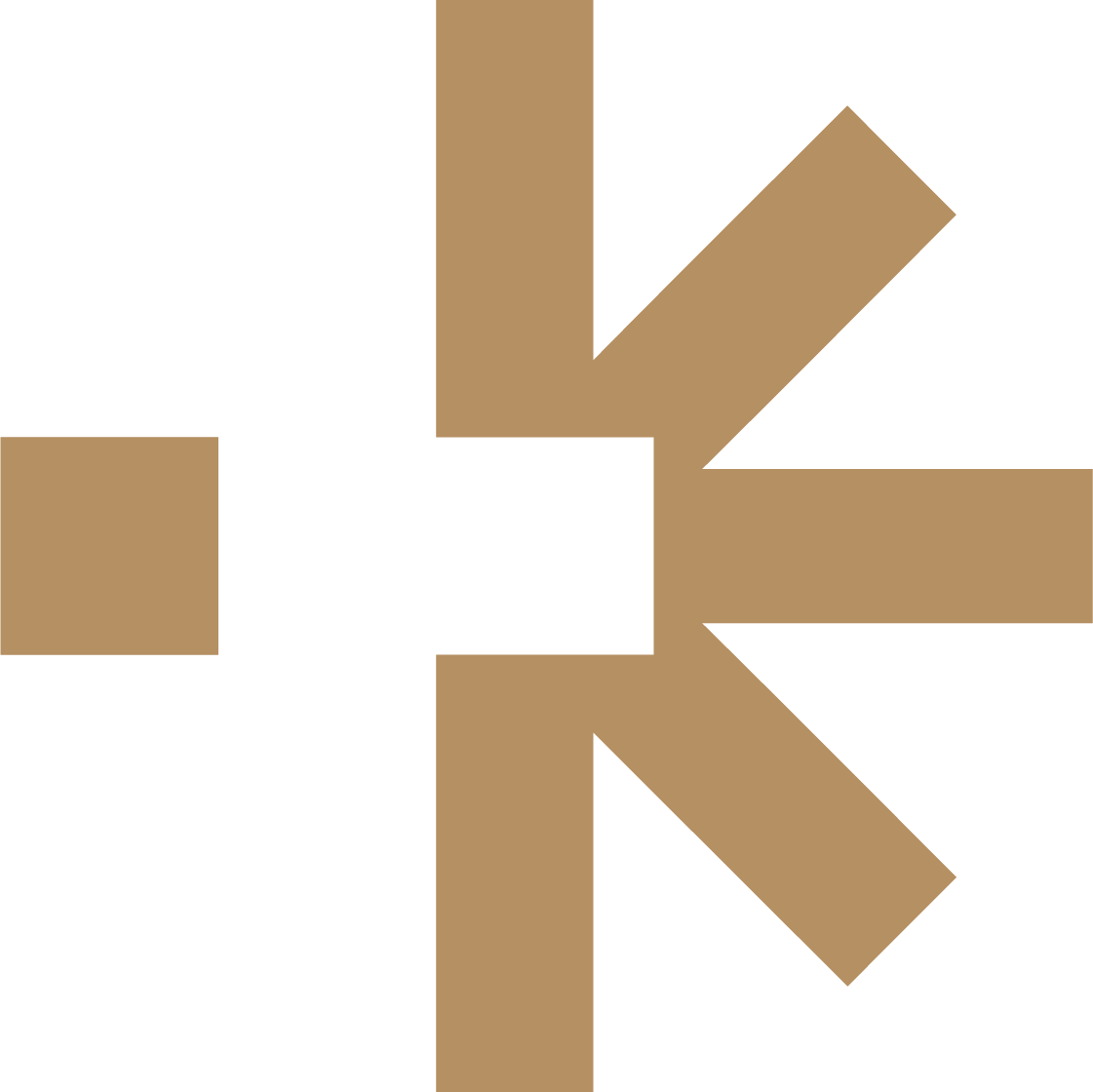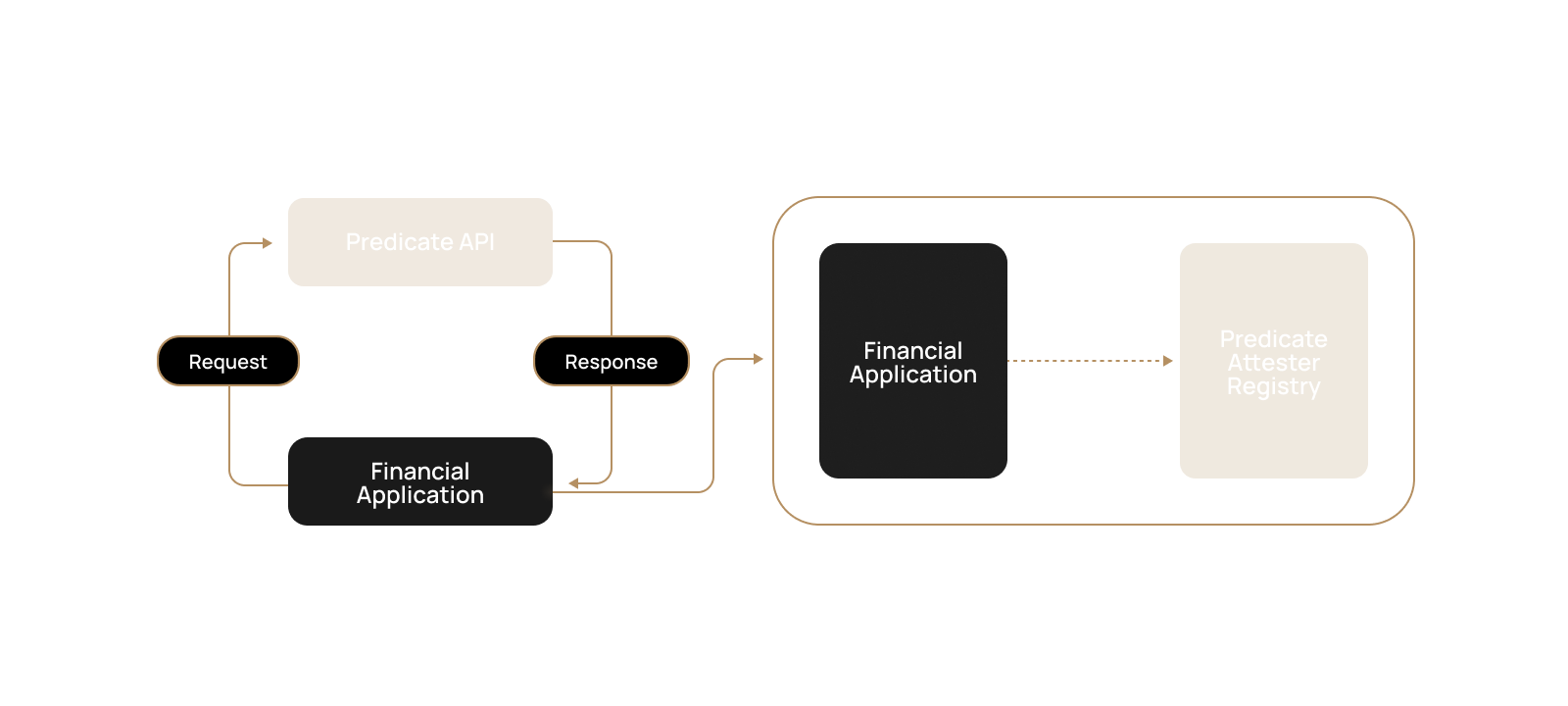
Core Components
Predicate API: High performance RestFul service that evaluates transaction adherence to the application’s policy, returning a Predicate Message (attestation) Web Application: The server hosting the financial application business logic which calls Predicate API Onchain Application: The smart contract(s) containing the application business logic which has one or more Predicated functions Helper Library: A smart contract which provides an interface for verifying Predicate attestations (PredicateClient.sol) Predicate Contracts: The smart contracts which are used to verify Predicate attestations (ServiceManager.sol)The E2E Attestation Process
The user submits details via a web app, the PredicateAPI validates the request against the latest policy and returns a signed message, which the user then includes in their onchain transaction for verification and execution.
Low latency is critical to ensuring a seamless user experience.We’ve heavily optimized the Predicate API to deliver fast responses,
with the average round-trip time for an attestation request consistently under 400ms.


